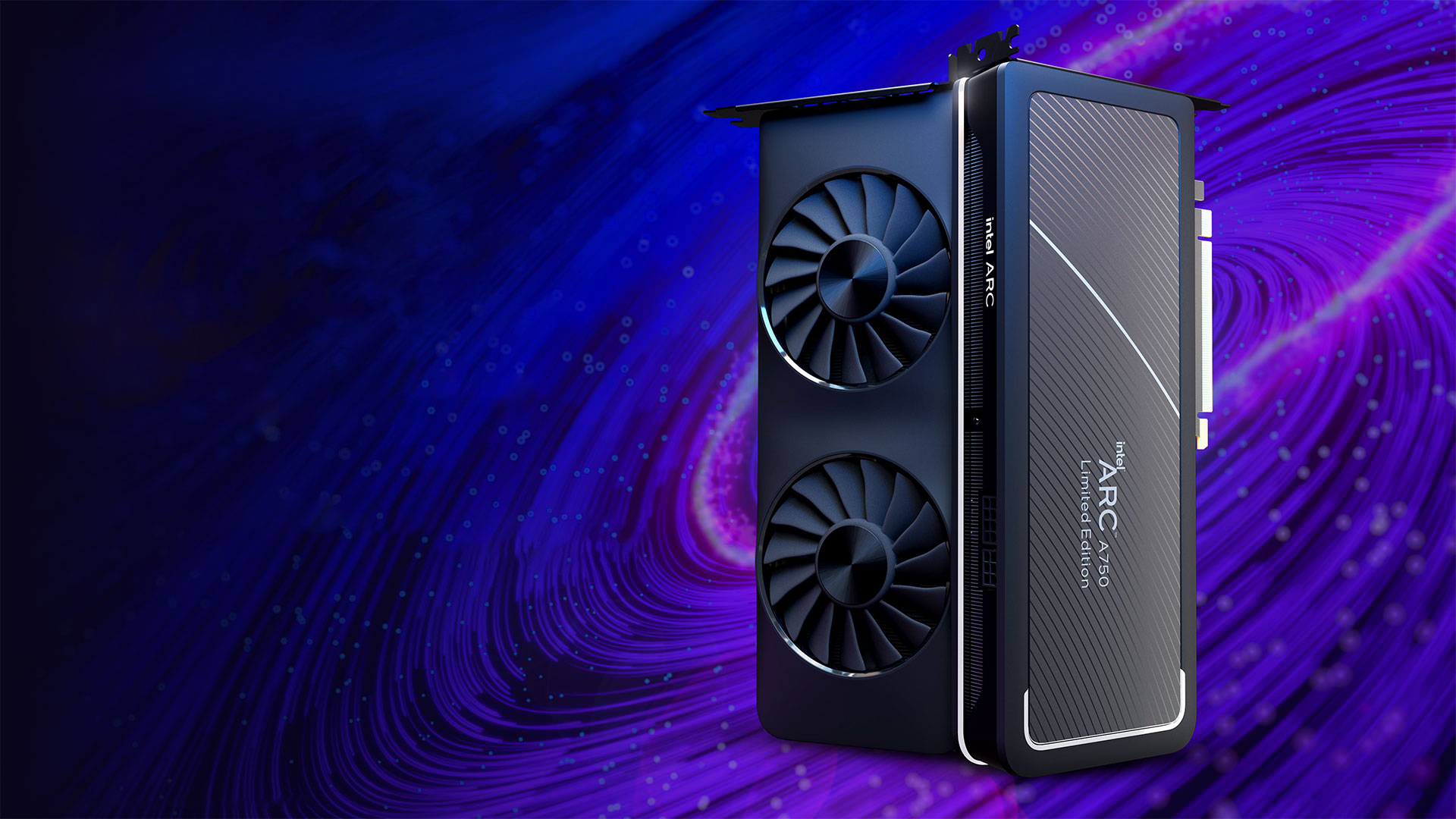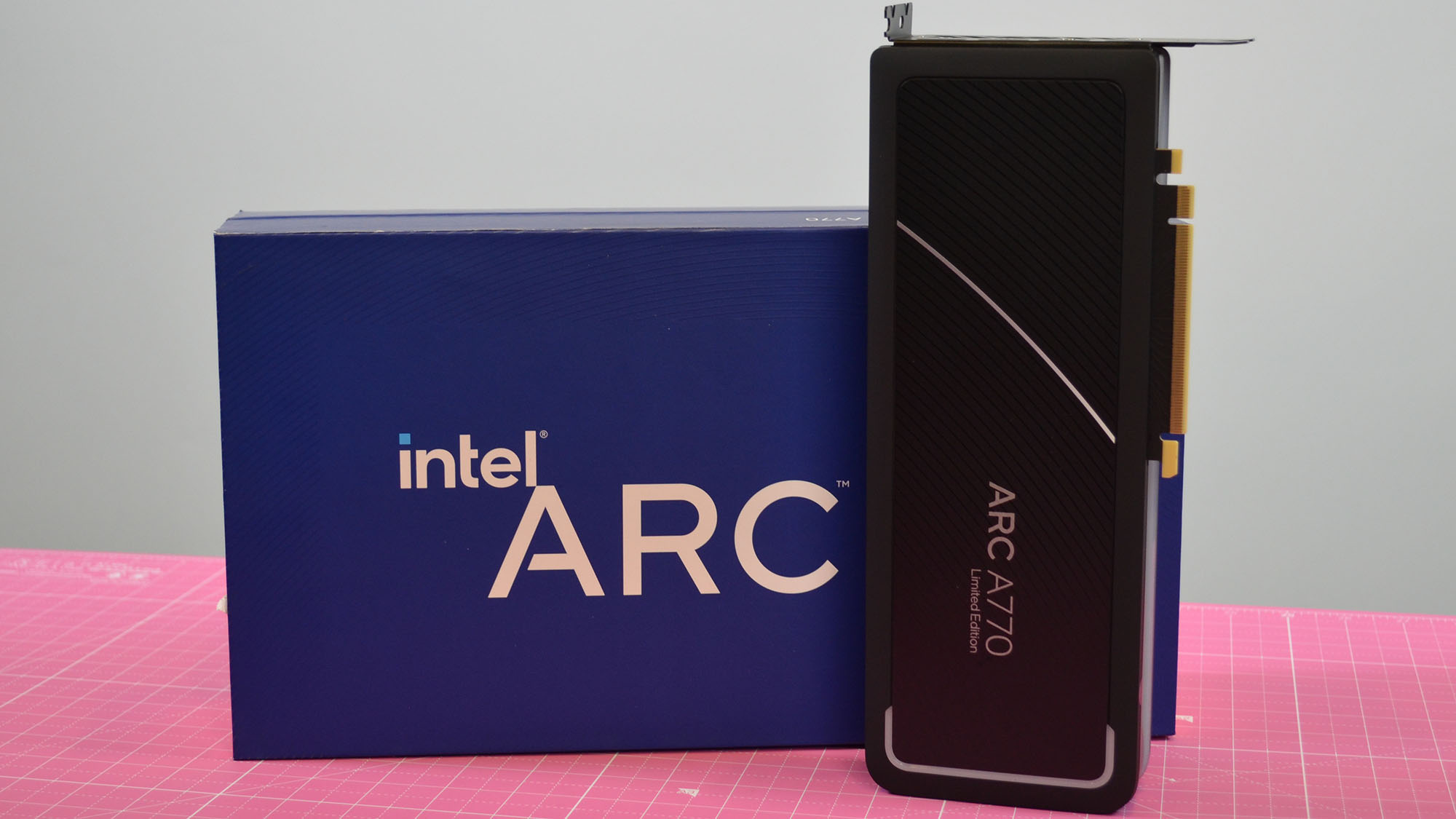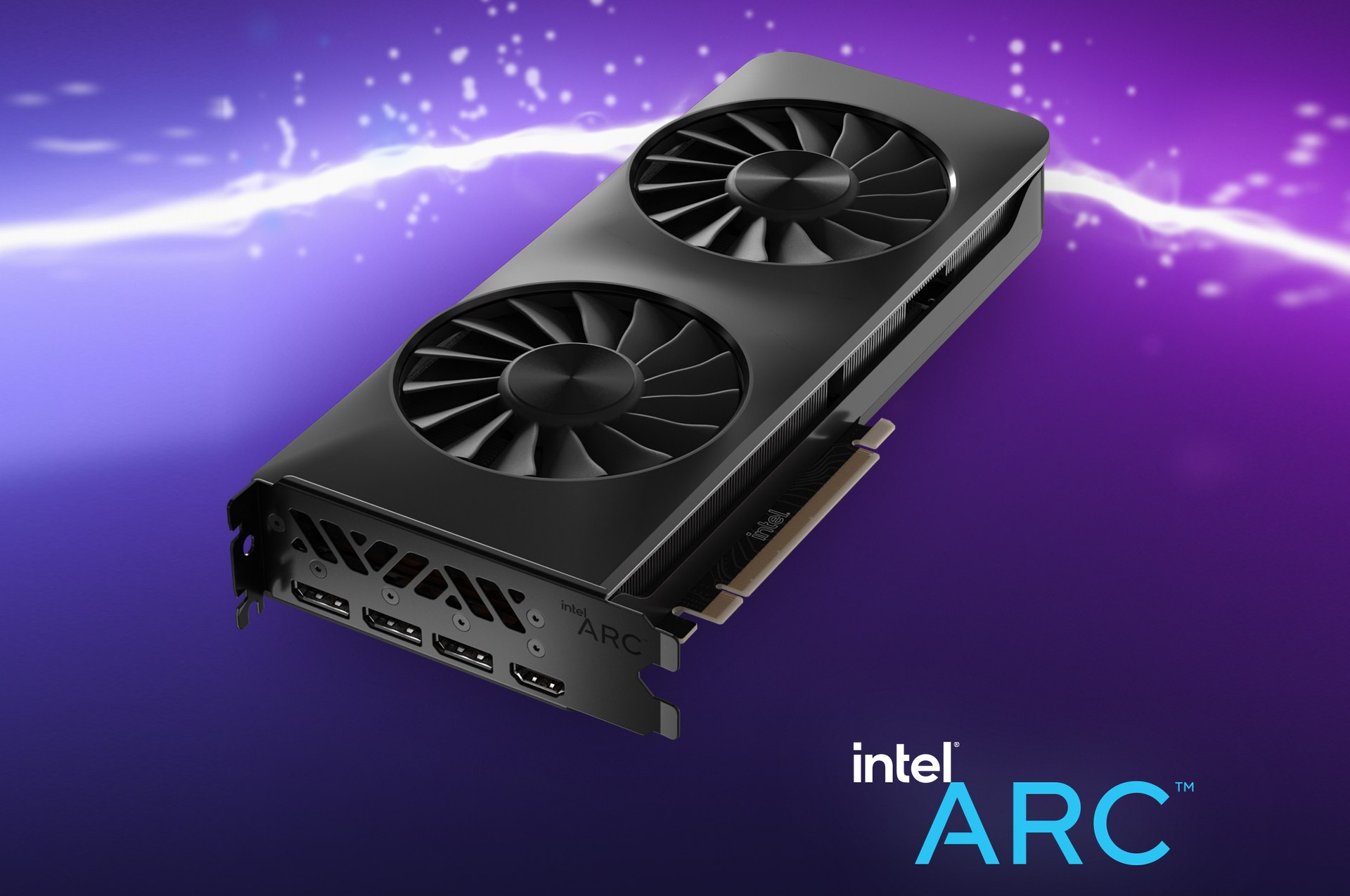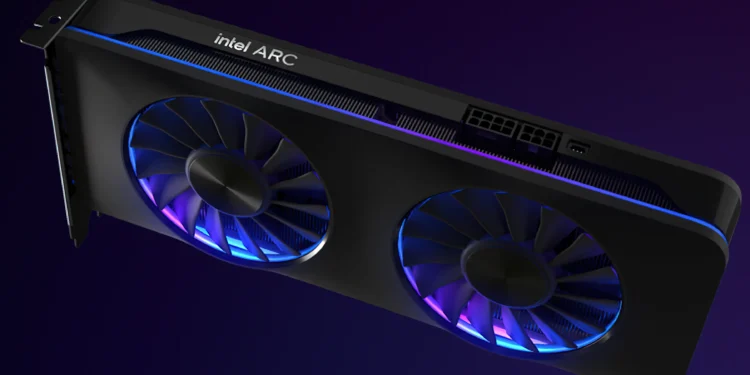The world of graphics processing units (GPUs) is witnessing a new chapter as Intel prepares to launch its latest offering, the Arc B580 GPU, based on the advanced Xe2 “Battlemage” architecture. This new GPU, which features 12 GB of memory and clock speeds up to 2.8 GHz, is making waves even before its official release, thanks to recent leaks. The details reveal an exciting look at two custom models from ASRock, signalling a bold step for Intel in the competitive gaming market dominated by giants like AMD and NVIDIA.

ASRock’s Custom Flair: Steel Legend OC and Challenger OC
ASRock, a well-known name in the hardware industry, has collaborated with Intel to create two versions of the Arc B580 GPU: the Steel Legend OC and the Challenger OC. Both models boast the robust Intel Xe2-HPG architecture and utilize Intel Xe Super Sampling (XeSS) and Intel Xe Matrix Extensions (XMX), ensuring they are well-equipped for demanding gaming and graphic tasks.
Steel Legend OC: A Powerhouse in Performance
The Steel Legend OC stands out with its triple-fan cooler and a hefty 2.5-slot shroud, measuring an impressive 15.71×8.43×3.82 inches. This model is not just about size but also about power, with a factory overclock reaching 2800 MHz, and dual 8-pin power connectors that promise to deliver unmatched performance for gamers and creators alike.

Challenger OC: Sleek Yet Strong
In contrast, the Challenger OC model opts for a more compact dual-slot design with a dual-fan cooling system. Despite its smaller size, at 14.17×8.54×2.52 inches, it does not compromise on capabilities, featuring a similar cut-out design for efficient heat management and a single 8-pin connector. This model caters to users who need powerful GPU performance but have tighter space constraints.
The Technical Edge: Memory, Bandwidth, and Architecture
Both the Steel Legend OC and Challenger OC are equipped with 12 GB of 192-bit GDDR6 VRAM, capable of delivering a substantial 456 GB/s of bandwidth. This marks a slight reduction in memory bandwidth compared to the Arc A580’s 16 Gbps memory dies and 256-bit bus, but the shift in architecture with the Xe2 cores promises significant improvements in performance metrics.
Utilizing the Battlemage BMG-G21 GPU core, these cards benefit from architectural enhancements that boost integer and floating-point operations, offering a superior experience in both traditional rasterization and ray tracing tasks. The deployment of 20 Xe2 cores within this architecture aims to provide a leap in processing power and efficiency compared to previous models.

Market Impact and Future Expectations
As the details about the Intel Arc B580 GPUs circulate, anticipation is building. Although pricing remains unconfirmed with no listings yet available on major platforms like Amazon, the industry is eager to see how Intel will position these GPUs in the market. The previous generation Arc A580 was launched at a competitive price point of $179, and if Intel maintains similar pricing with enhanced performance and reliability, the Battlemage series could significantly impact the mainstream GPU market.
Intel is committed to overcoming the hurdles it faced with the initial Arc series, particularly around driver support and game compatibility. With renewed focus and promising specifications, the Arc B580 “Battlemage” GPUs are poised to challenge the status quo, potentially setting new standards for what gamers can expect at various price points.










